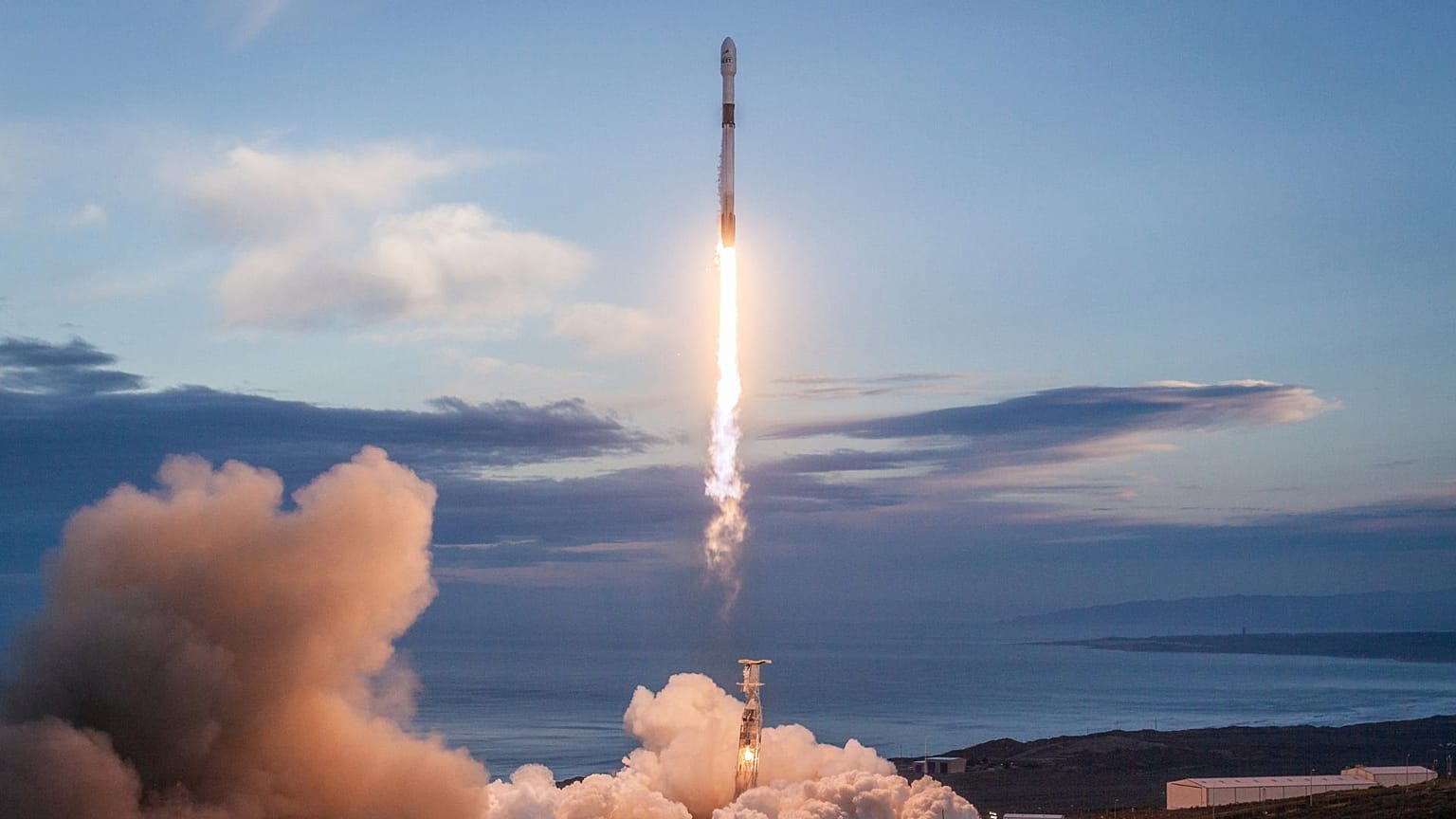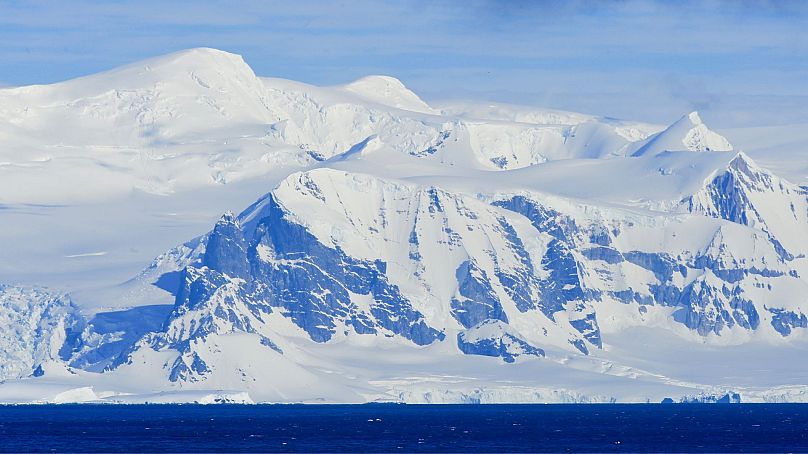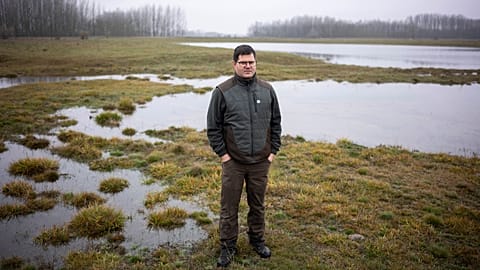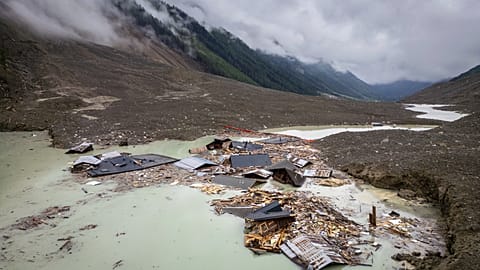According to researchers at the University of Canterbury, New Zealand, rockets ‘punching’ through the stratosphere could contribute to ozone depletion.
Rocket launches could re-open the hole in the ozone layer, researchers have warned.
The ozone layer protects Earth from the sun’s harmful ultraviolet rays and every year, a hole opens up over Antarctica.
This troubling phenomenon is caused by emissions of damaging chemicals.
Thanks to strict rules on the worst substances, the hole has been shrinking for years.
But now New Zealand researchers are warning that rocket launches could undo this progress.
“The current impact of rocket launches on the ozone layer is estimated to be small but has the potential to grow as companies and nations scale up their space programmes,” Associate Professor in Environmental Physics Dr Laura Revell says.
“Ozone recovery has been a global success story. We want to ensure that future rocket launches continue that sustainable recovery.”
What is the ozone hole?
Fixing the ozone hole is a rare environmental success story.
In the early 1980s, scientists discovered that man-made chemicals were damaging this vital protective layer.
The worst offenders - compounds called chlorofluorocarbons (CFCs) - were common in aerosols like hairspray and cooling devices.
But in 1987, the Montreal Protocol was signed, an international agreement to ban the substances. It is now ratified by all United Nations members and five other parties.
Subsequent agreements have tightened these rules - and shrunk the hole.
If current policies remain in place, the ozone layer is expected to disappear by 2066, the UN said earlier this year. If the Montreal Protocol had not been implemented, it is estimated that two-thirds of the ozone layer would have been destroyed by 2065.
But could rockets threaten this success?
How rockets could damage the ozone layer
The global space industry is expanding.
According to researchers at the University of Canterbury, New Zealand, rockets ‘punching’ through the stratosphere could contribute to ozone depletion.
Rocket launches emit both gases and particulates - including reactive chlorine, black carbon, and nitrogen oxides - into multiple layers of the atmosphere. Re-entry also creates huge amounts of nitrous oxide.
They survive for a longer time in the stratosphere, the researchers warn - which can lead to “destructive effects” and ozone depletion.
Excitement over a new space race is blocking a frank discussion of its potential threats, says Dr Michele Bannister, a UC senior lecturer.
“Rockets are a perfect example of a ‘charismatic technology’ – where the promise of what the technology can enable drives deep emotional investment – extending far beyond what the technology also affects,” she warns.
How many rocket launches are happening?
Space is getting crowded. Around 72 countries now have space programs - and dozens of private start-ups are getting in on the act.
Billionaires Elon Musk, Richard Branson, and Jeff Bezos have all sent rockets to space. Musk seeks to colonise mars.
Globally, there have been between 90 and 130 annual launches in the last five years.
But the damaging climate impacts could bring wannabe astronauts back down to earth.
Not only do emissions harm the ozone, but they increase global warming. Previous research has shown that black carbon (soot) particles emitted by rockets are almost 500 times more efficient at holding heat in the atmosphere than all other sources combined.



















